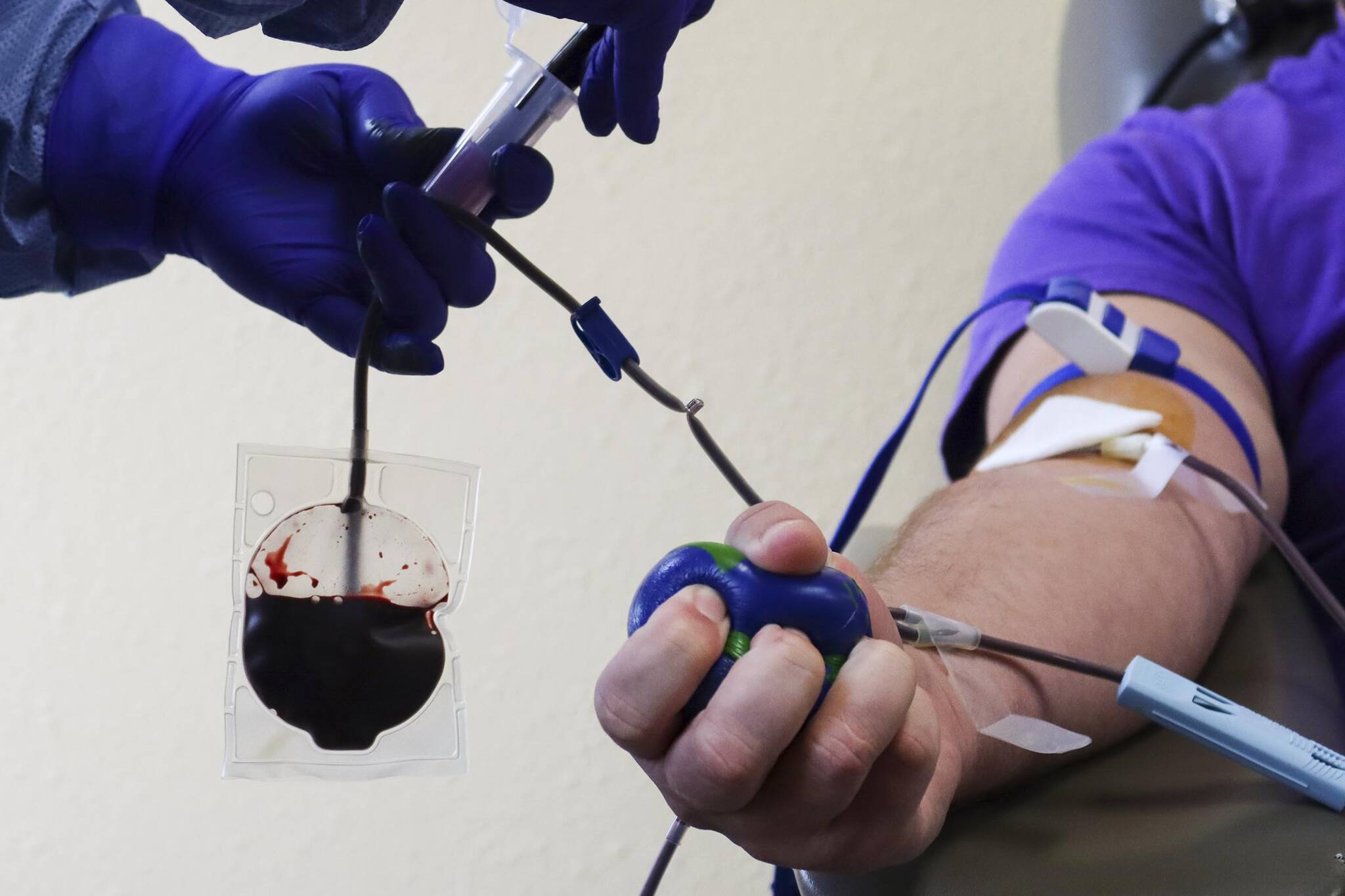Blood Bank of Alaska is currently in urgent need of all blood types.
But according to Blood Bank of Alaska CEO, Robert Scanlon, there is especially a critical need for Type O-negative blood; it can be used as a universal donor and is most often relied on for traumas because it can be donated to all patients in an emergency. Type O is also a heavily used blood type and is in need.
“We use more Type O-negative and Type O up here (Alaska) than is typical and that’s because a lot the rural hospitals out in the rural communities, the only thing they’re really stocking are the Type O-negatives and Type O because what they’re going to do if it’s real serious, they’re going to stabilize the patient and transport them into Anchorage,” said Scanlon. “When patients first arrive at the hospital and they need blood, the hospital is going to use Type O-negative until they have an opportunity to screen what type of blood that individual needs.”
Ashere Chait, director of marketing and communications for Blood Bank of Alaska, said this is an especially difficult time of the year for donations. Chait said donations usually don’t pick back up until after the Alaska State Fair, as that’s the time most people start returning from vacations and begin donating again.
“The summer is always a challenge due to the busy schedules of our donors,” Chait said. “To ensure ample blood supply we try to keep enough inventory to fulfill weekly demand and we are not meeting that goal at this time.”
Scanlon said it’s somewhat of a catch-22 in the sense that the busier times of the year coincide with the times when more donations are needed. That need arises because with more people traveling, there’s more potential for accidents that might require blood transfusions. Scanlon also said the same low donations are often expected during the holidays, as well, specifically Thanksgiving, Christmas and New Year’s.
“That time of year because everyone is obviously traveling or they have visitors and they’re enjoying each other’s company, they aren’t donating because their time’s already spoken for,” said Scanlon. “We really need donors to stop in and donate in order to ensure the safety of patients across Alaska.”
According to the Blood Bank of Alaska website, 2% of Alaskans donate blood annually, one in seven hospital patients need blood during their treatment, and one hour is the average time it takes to save a life. By donating blood there’s the substantial potential to save as many as three lives.
Contact reporter Jonson Kuhn at jonson.kuhn@juneauempire.com

